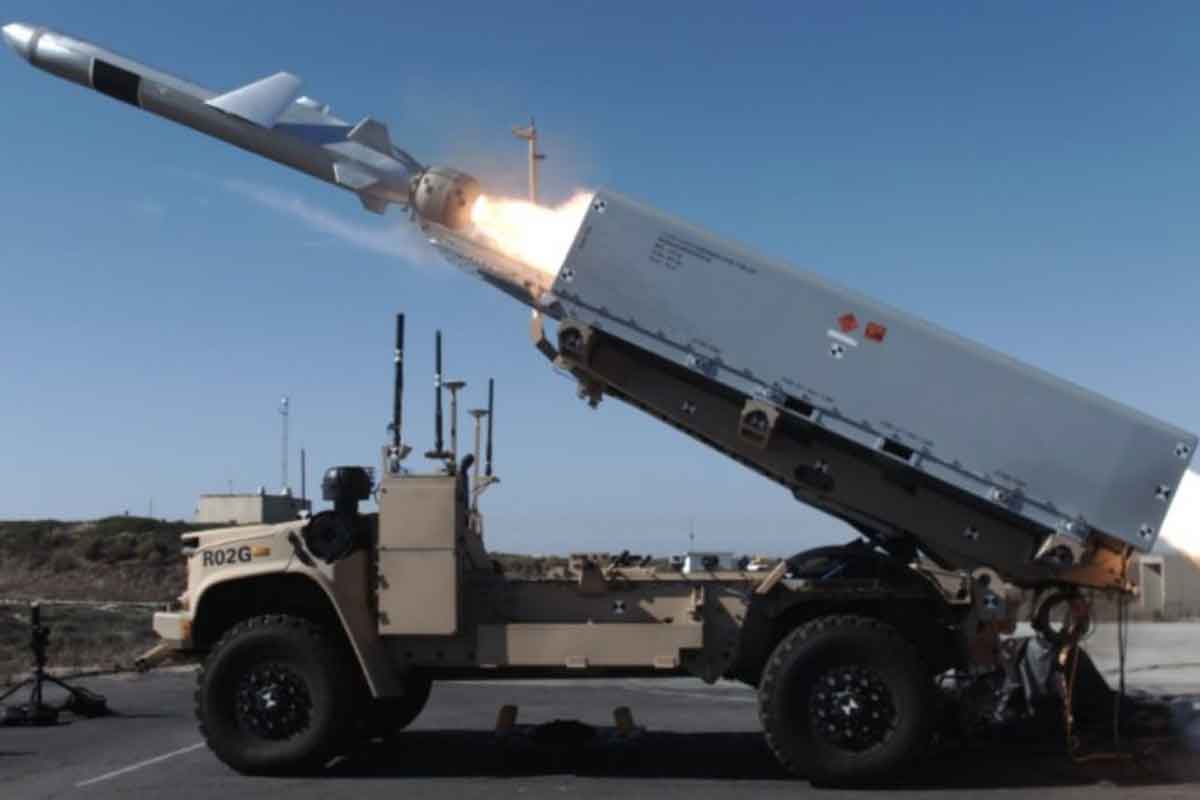
The Marine Corps wants to ramp up its ground combat and long-range fires capabilities with a burst of fresh funding — and it’s getting rid of more than $9 million worth of old gear to help pay for it.
The White House budget request for fiscal 2022 totals $47.86 billion for the Marine Corps, up from $45.1 billion last year. That’s despite plans to reduce the force by 2,700 Marines, from 181,200 to 178,500.
Investment includes $3 billion in Marine Corps procurement, up from $2.7 billion the previous year. Much of that will go to high-dollar ground programs including the amphibious combat vehicle, now hitting full-rate production with the service buying 92 vehicles per year; and the Ground/Air Task-Oriented Radar, or GATOR, slated for a buy of eight new systems at a cost of $300 million.
Read Next: Air Force’s Mismanagement of KC-46 Tanker Program Is Costing It $100 Million, IG Says
But the Marines also want to invest heavily in long-range precision fires and ammunition as they prepare for an anticipated future fight that may pit them against a peer adversary. Marine Corps Commandant Gen. David Berger told lawmakers in a recent hearing that he felt the service had fallen “woefully behind” in development of technology that will allow it to place rounds accurately at longer range.
To that end, the Marine Corps wants to invest in the Ground/Based Anti-Ship Missile/Remotely Operated Ground Expeditionary (Rogue) Fires Vehicle, a system that includes a drone truck with a chassis based on a Joint Light Tactical Vehicle. It’s in search of a missile that will allow it to target and destroy ships from shore. The fiscal 2022 budget request includes $47.9 million to begin buying Naval Strike Missiles the drone truck system can fire. Ultimately, the service wants the system to equip future Marine Corps Littoral Regiments, tasked with fighting and operating in coastal areas, likely in the Pacific.
“GBASM will prototype a Marine Corps system using other service-developed missiles to provide a ground based anti-access area denial, anti-ship capability,” a Defense Department budget summary states. “This prototyping effort will include the development, design, build, and testing of a [ROGUE] Fires vehicle.”
Another $102.7 million is being requested to design software for a weapons control system, to buy a range of test missiles and pods for testing, and to execute transportability tests on the CH-53 Super Stallion/King Stallion helicopter, amphibious ships and ship-to-shore connectors.
The Marines also want to continue investment in the High Mobility Artillery Rocket System, or HIMARS, with plans to buy more launchers, carriers and other equipment “to support the continued expansion of USMC launcher capacity.”
While planned spending on HIMARS is not itemized in budget summaries, Marine Corps investment in ammunition overall is getting an astonishing boost: The request includes $427 million for ammo, up from $292 million last year.
All the spending does come at a cost, though.
A DoD budget summary calls the theme for the Marine Corps’ budget request “divest to reallocate,” saying it implements Berger’s strategy by “reallocating resources from older capabilities and surge capacity to fund advanced warfighting.”
The Marine Corps’ divestment plan includes $9.4 million in savings taken from older and less relevant programs. This includes Mine Resistant Ambush Protected Vehicles, a fixture of warfare in Iraq and Afghanistan, where improvised explosive devices were a constant threat. It’s not clear whether the Marine Corps plans to divest all or part of its remaining MRAP fleet; questions about planning did not receive an immediate response.
Other legacy program divestments include the M88A2 Hercules Recovery Vehicle; a reset program that would upgrade the Corps’ Light Armored Vehicles; and the vehicle-mounted Training Counter Radio Controlled Improvised Explosive Device-Electronic Warfare (CREW) system “since it no longer meets training objectives.”
The Marines say they plan to save another $687.1 million in unenumerated cuts to ground and aviation support, and maintenance of outdated equipment.
For the Marine Corps, another key investment point comes with construction and relocation as forces move to Guam, part of a longstanding effort to reduce force strength in Okinawa, Japan, due to local concerns. The request includes $1.1 billion in construction funding for the Guam relocation, including funds to build barracks, warehouses and an armory.
Some 5,000 Marines may ultimately be moved to Camp Blaz, the Corps’ base on Guam that opened last year. That move is expected to be complete by 2025.
— Hope Hodge Seck can be reached at [email protected]. Follow her on Twitter at @HopeSeck.
Related: Marines Fire Anti-Ship Missile from Back of Unmanned Truck to Hit Target at Sea
© Copyright 2021 Military.com. All rights reserved. This material may not be published, broadcast, rewritten or redistributed.
